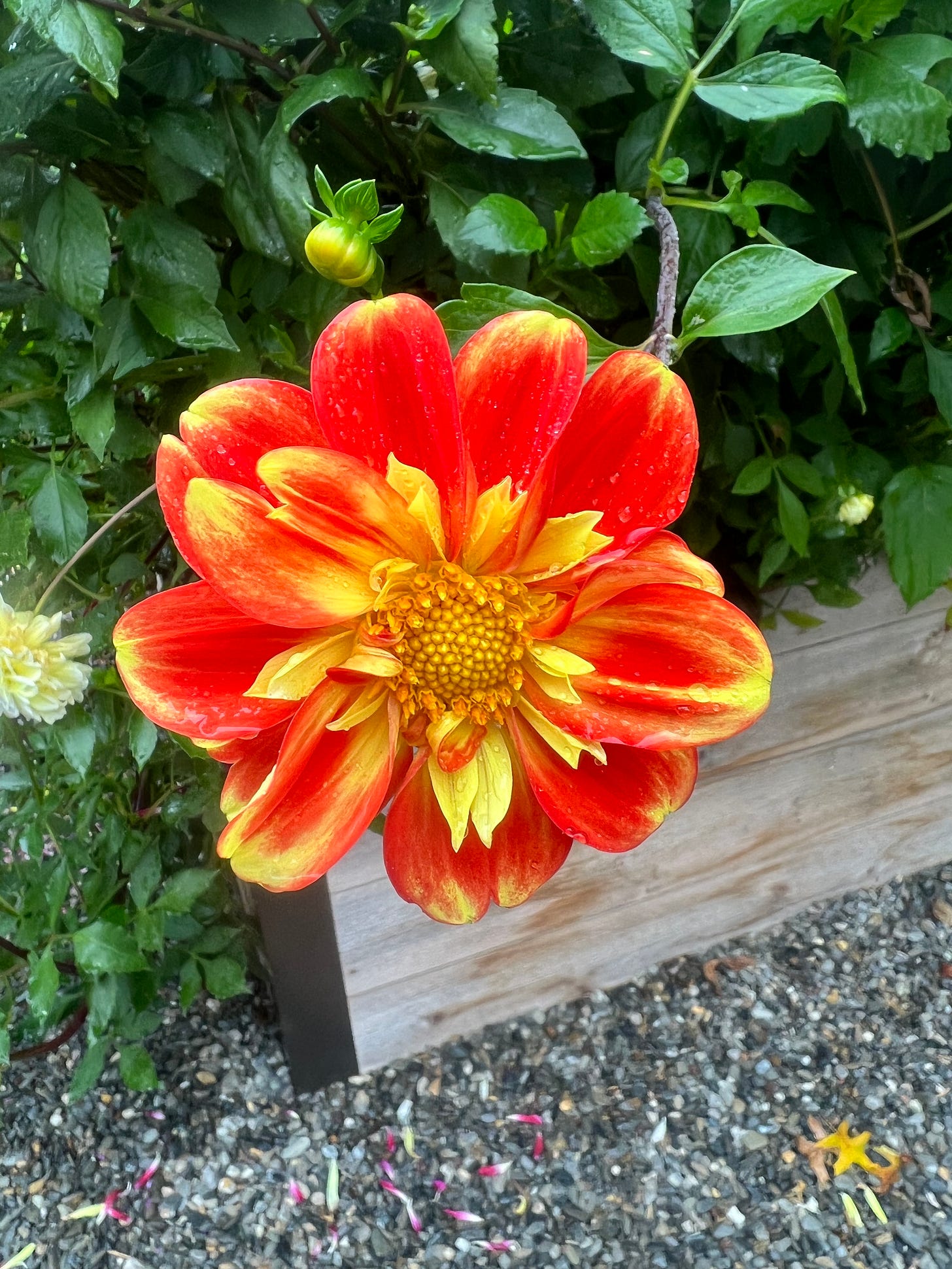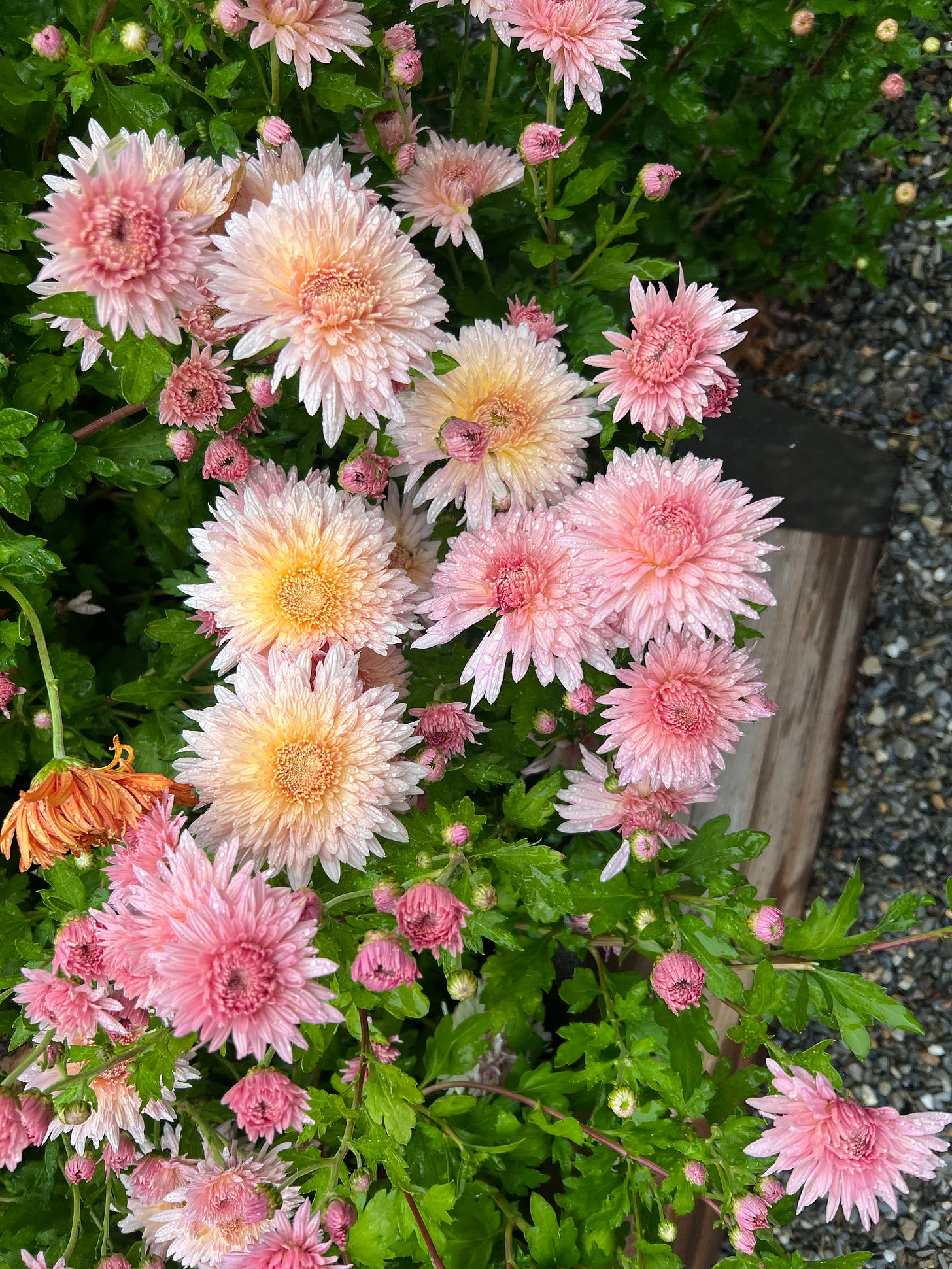Horton Had It Right
Puddock Hill Journal #27: Backyard stewards must always consider the unseen and rarely seen.
Who can forget the iconic Dr. Seuss story Horton Hears a Who and its life lesson, “a person’s a person no matter how small”? Published in 1954, adapted for television in 1970, later made into an animated feature film in 2008, it tells the story of a sensitive elephant, Horton, who is determined to save an entire civilization that only he can hear living on a speck of dust that he places on a clover flower for safe keeping.
I won’t summarize all of Horton’s efforts to convince his peers that there’s a whole planet on that clover. Suffice to say, it’s an uphill battle. Why? Because people are reluctant to believe in something they can’t perceive with their own senses (unless it’s God, but let’s not go there) AND they resist information that runs against conventional views.
In a broad sense, and in many particulars, backyard stewardship stands against many gardening and land management practices that passed for conventional wisdom for decades. These conventions included mowing and fertilizing for the “perfect” lawn, applying pesticides to kill insects, and cleaning up the overall presentation with dead tree removal, deadheading of flowering plants, and removal or chopping of leaf litter.
When we viewed our landscapes, however, we were like the people chained up in Plato’s cage mistaking shadows for reality—or Horton’s friends and rivals who wouldn’t broaden their minds to accept the reality they could not see because they weren’t looking carefully enough.
I thought of our inability to see what we’re doing to nature through conventional practices and the catastrophic consequences that ensue while recently reading Oliver Milman’s book The Insect Crisis: The Fall of the Tiny Empires That Run the World. Milman writes:
Insects have been involved in an intricate dance with almost every aspect of the terrestrial environment for millions of years, forming an underappreciated foundation for human civilization itself. They multiply our food, act as food themselves for the other living creatures around us, rid us of the foulest waste, eliminate unwanted pests, and, crucially, nourish the soil, the 15-centimeter (6-inch) patina wrapped around our globe that sustains all of humanity.
And yet, we hardly perceive the vast majority of these creatures, even the ones that live right in our yards. Out of sight means out of mind—or, worse, real harm. In 2014, as Milman notes, the International Union for Conservation of Nature reported that a third of all invertebrate species on the planet are in decline with “population decreases amounting to 45 percent globally over the past four decades.” In the past eight years, these numbers have only gotten worse. Increasingly, the arthropods on which we rely are unseen because they are not there.
Fall is a good time to reassess gardening and land management practices that contribute to what some have called the insect apocalypse. We need to stop doing things that kill insects and promote ways to sustain them. One big way to do this is to let fallen leaves remain under trees, remove them consciously and gently from the lawn when necessary, or deploy them in circumstances where you otherwise would use mulch.
If you google the subject of mulching garden beds with leaves, you will come upon many articles that call for chopping the leaves before mulching. This is poor advice if your intention is to promote natural systems, and the reason goes back to the unseen things.
The Xerces Society (which will be the recipient of net proceeds from paid subscriptions to this newsletter at the end of the year) advises against shredding leaves with a mower for two main reasons. First, whole leaves provide better winter shelter for arthropods and other small critters. Second, insect eggs on those leaves have plans to hatch in spring.
If you choose to preserve the fallen leaves in situ or gently relocate them on your property, the beneficiaries will include great spangled fritillary, wooly bear caterpillars (which become Isabella tiger moths), and red-banded hairstreaks (which lay their eggs on oak leaves that in turn feed the hatched caterpillars in spring), among many others.
We long ago embraced the concept that leaves and fallen trees should be left on the property, but we brought in shredded bark mulch for the garden beds each spring. It felt like a great leap forward last fall when we mulched with leaves for the first time. This new bed received its first load of whole leaves in the past two weeks:
Here’s what we’ve learned so far:
To our amazement, most of the leaves did not blow out of the beds or wash away.
The leaves will move around in the beds, however. In spring, I even them out with a rake or by hand.
You can tamp down the leaves on a good dry spring day simply by walking on them, but don’t overdo it.
The leaves will mulch themselves over the summer, rotting from the ground up, and the bed will be ready to receive more leaves at just the right time.
Finally, leaves do the same job as any mulch, suppressing weeds, retaining moisture, and returning nutrients to the soil.
Oh, and you save money on mulch, because the leaves from your own trees come free!
Keep in mind that you may not be able to see insect eggs on your leaves. You certainly won’t notice them without a careful look. Most important is to assume that your leaves are a valuable resource for wildlife rather than considering them a useless nuisance.
That’s what Horton would do.
As we haven’t had a frost yet (or even come close to one), the raised bed garden keeps delivering beautiful flowers. Dahlia:
Anemone:
Chrysanthemum:






